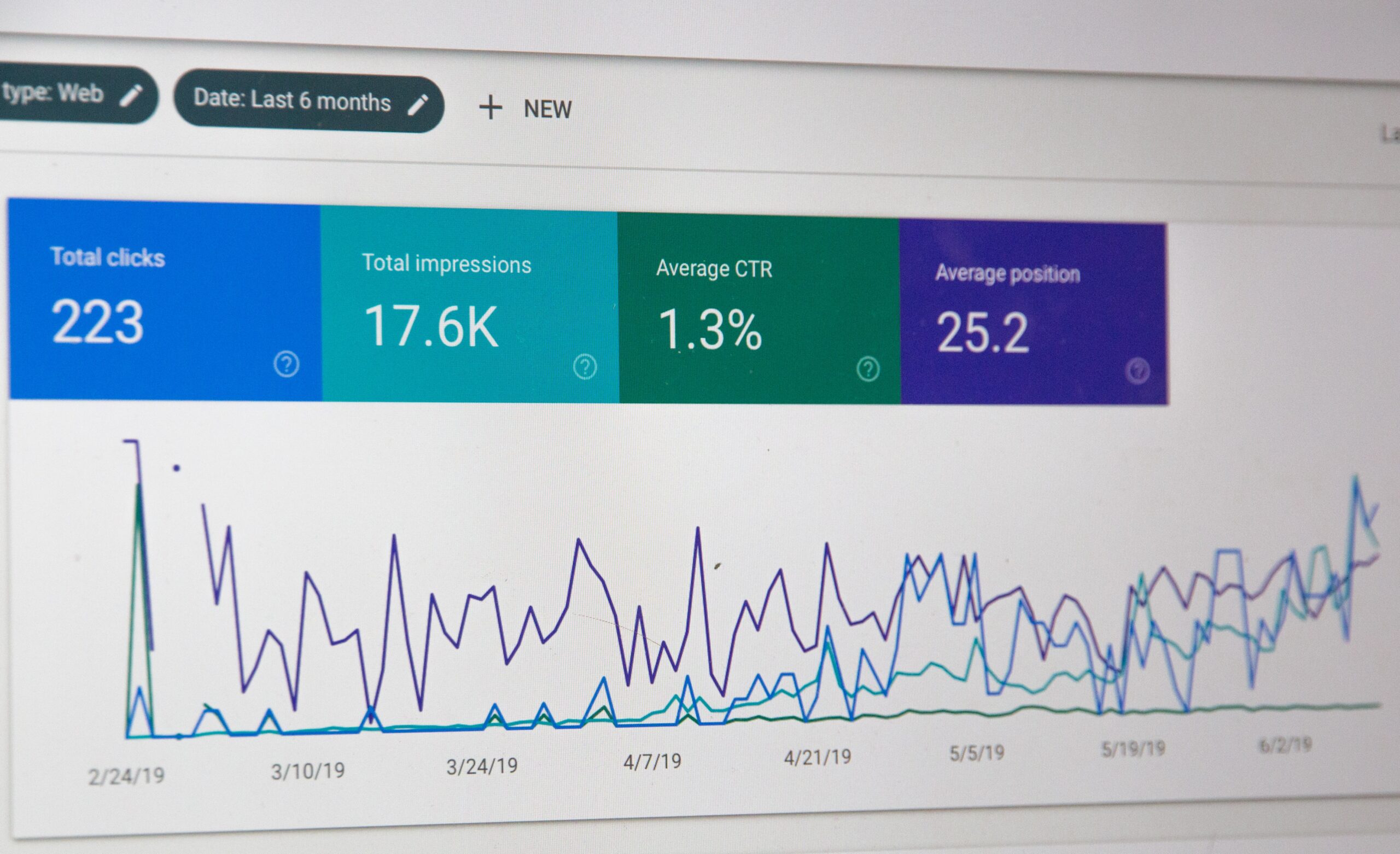Keyword density was once the be-all and end-all of SEO content writing. Your website wouldn’t get a look-in unless you understood and implemented a winning keyword density strategy. That was until pesky black hat SEO tactics forced Google to change the rules of the game.
So does keyword density still matter? And, if not, where does this leave us and our content writing strategies? Let’s take a closer look.
What is keyword density?
Put simply, keyword density is the number of times a target keyword or keyword phrase appears within a piece of written content. This figure is usually expressed as a percentage of the total page word count.
For example, if a keyword appeared ten times in a 1,000-word article, your keyword density would be 1%. To find out the keyword density percentage of a piece of content, you can use the following equation:
(How many times the keyword appears in the article ÷ total article word count) × 100
The keyword density calculation has long been associated with search engine optimization (SEO). Historically, search bots scanned content for keywords and keyword density when deciding whether a web page was relevant to a user’s search query. This made it an important consideration for brands looking to drive traffic and build brand awareness through search engines.
Where did keyword density come from?
Let’s take a trip back to the beginning of Google search.
In those early days, keyword density was an integral part of search results. Google used keyword density to figure out what a webpage was about — and which search queries it could help answer. You could search for “cool black sneakers” and web pages that included the most references to “cool black sneakers” were shown on the first page of search results. Simple.
But then the role of the SEO strategist started to take shape.
As businesses began to understand the value of getting their website on the first page of Google search results, they enlisted the help of SEO strategists to help them get there. These SEO experts knew all about the importance of keyword density and sought to increase it by creating content for Google search bots rather than website users.
These SEO strategies became known as black hat tactics and included:
- Keyword stuffing – where you cram as many keywords into your content as possible, making your text unnatural and pretty much unreadable for real human beings
- Keyword cloaking – where you show one content version to users and another to search bots to improve your search engine ranking
- Invisible keywords – where you add keywords to a webpage in the same color as the page background, again to get better placement in SERPs
These tactics were all very clever. But — unfortunately for brands who used these SEO tactics — Google was pretty quick to take note.
Black hat tactics weren’t in the best interests of internet users. That’s because, by manipulating keyword density, businesses managed to get irrelevant content onto the first page of search results — content that wasn’t all that useful for the searcher’s query.
Users would click through and find something completely unrelated to their search term, which had a big impact on user experience.
And with its own business model at stake, Google made some big changes.
So what changed for keyword density?
1. The Panda update
Google launched its Panda update in 2011 in an effort to curb black hat SEO tactics and improve the quality of search results.
Panda penalized sites with an unnaturally high keyword density. It also assessed trust and usability factors to rank sites going forward.
In the wake of the Panda update, keyword density was much more difficult to manipulate for SEO gain. But it was still an important part of the SEO picture.
2. The Hummingbird update
Launched in 2013, the Hummingbird update was a complete rewrite of Google’s core algorithm.
As a result of this change, search bots got much better at understanding the intent behind search queries. They no longer simply matched queries to content, word for word. Instead, they went beyond the vocabulary used in a search query to discover the meaning.
With a better understanding of synonyms and user intent, the Hummingbird algorithm provided more relevant search results and took even less notice of keyword density.
How to approach keyword density
Pre-Panda, a keyword density ranging from 2% to 3% was considered optimal. This ticked the boxes for both the content audience and Google search bots.
The keyword density tool, Yoast, still recommends a density range between 0.5% and 3%.
But after a range of algorithmic changes, where do we currently stand? How should we approach the issue of keyword density when writing online content in 2022?
Understand that search has moved on
The word from Google HQ is pretty conclusive.
Keyword density isn’t that important for SEO — and most experts don’t think it’s even a ranking factor anymore.
While keyword stuffing is still bad for your website, the right keyword density level doesn’t seem to provide any benefit. Here are some insight straight from the horse’s mouth.
“Keyword density, in general, is something I wouldn’t focus on. Make sure your content is written in a natural way.” – John Mueller, Google Webmaster Trends Analyst
Today’s search engine algorithms have moved beyond keyword density. Now much smarter than they used to be, they can understand the meaning of both queries and content when offering up relevant search results. Remember that while density is important, so are many other factors
So, keyword density doesn’t directly impact your website’s SERP performance, but it can still help you in your SEO efforts. Here are a few ways you can use keyword density.
- Take a look at the top-ranking content for your target keyword. Analyze it for keyword density and then use this as a benchmark for your future content. Then revisit your current best-performing content and do the same analysis and benchmarking you did for your competitors.
- Use keywords and keyword density to focus your content. By sticking to and exploring a topic, you create the type of valuable, in-depth content that Google is keen to promote.
- Work LSI keywords into your articles to give Google the context it needs to index and display your content — without resorting to keyword stuffing.
- Shift your focus from keyword density to topic density. Building a topic cluster — a group of articles covering different aspects of the same topic — helps build your authority and shows Google you have lots of valuable, detailed information for an audience.
- And finally, focus on writing quality content for your audience. Google’s algorithm changes were designed to put user experience at the forefront of SEO. That’s why the best online content may use a few SEO writing tricks, but its priority is always providing the very best value for the desired audience.
Want content that wows your audience and improves your SEO visibility too? Here at Scribly, we’re experts in content strategy and creation. Schedule a call with us today to talk about all of your content needs.




